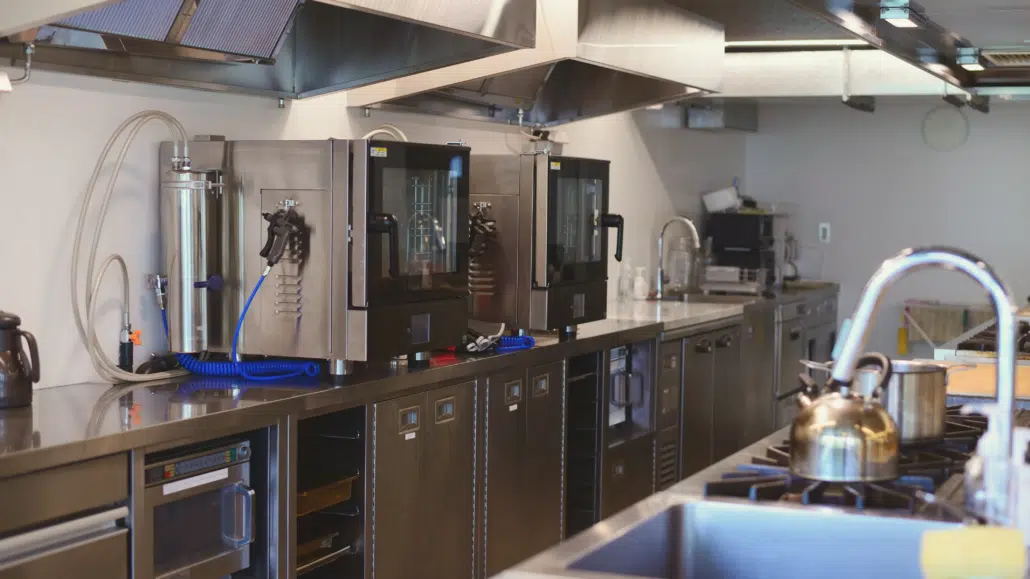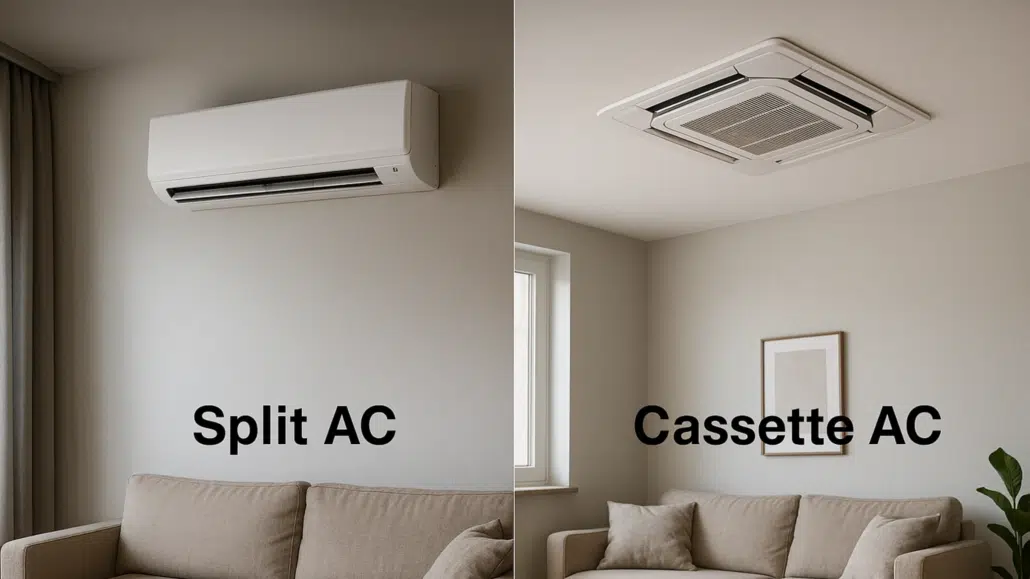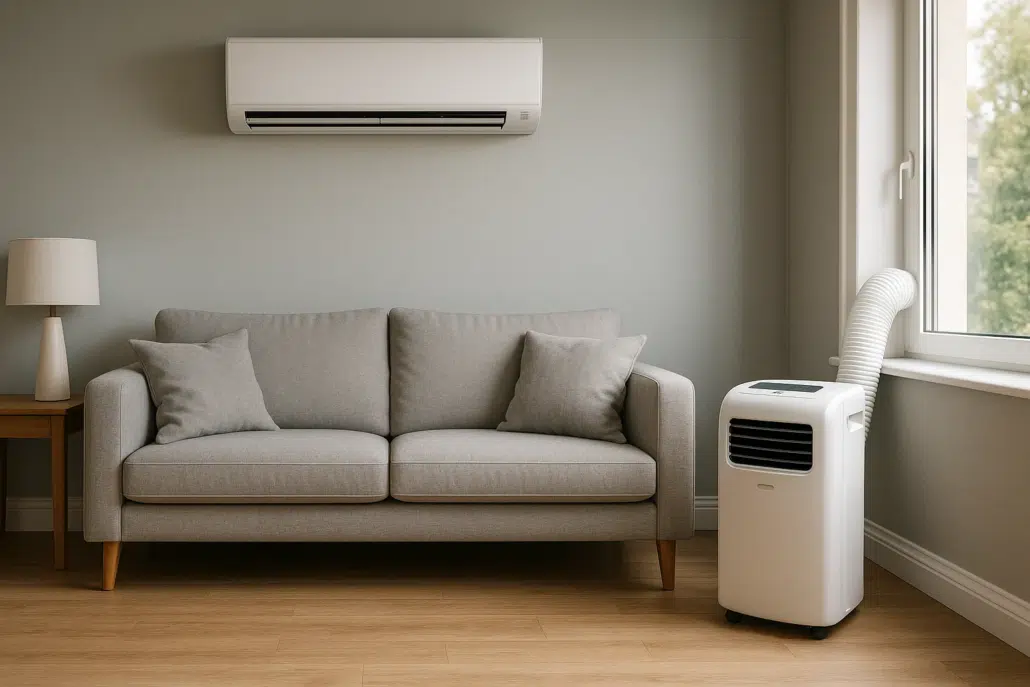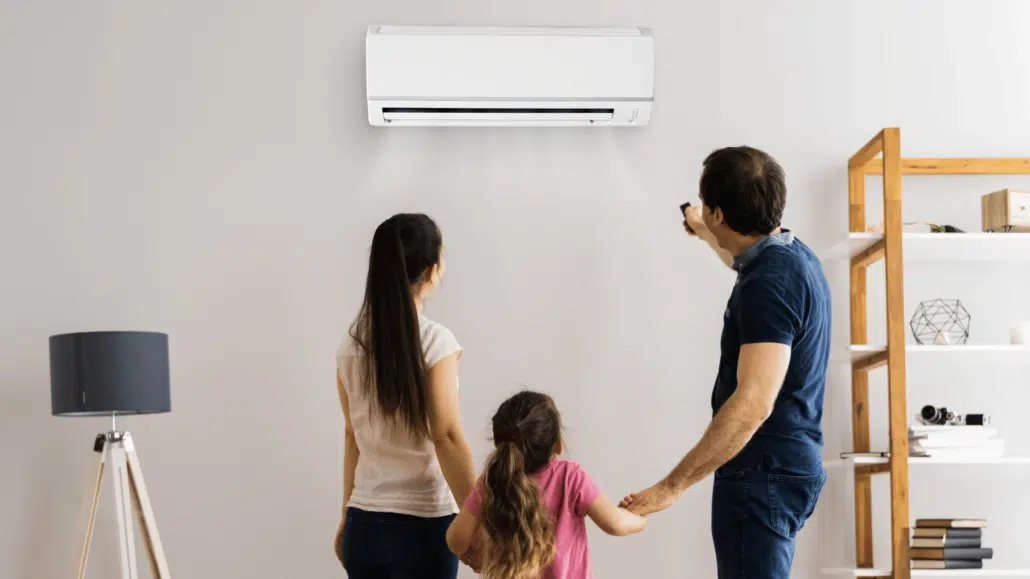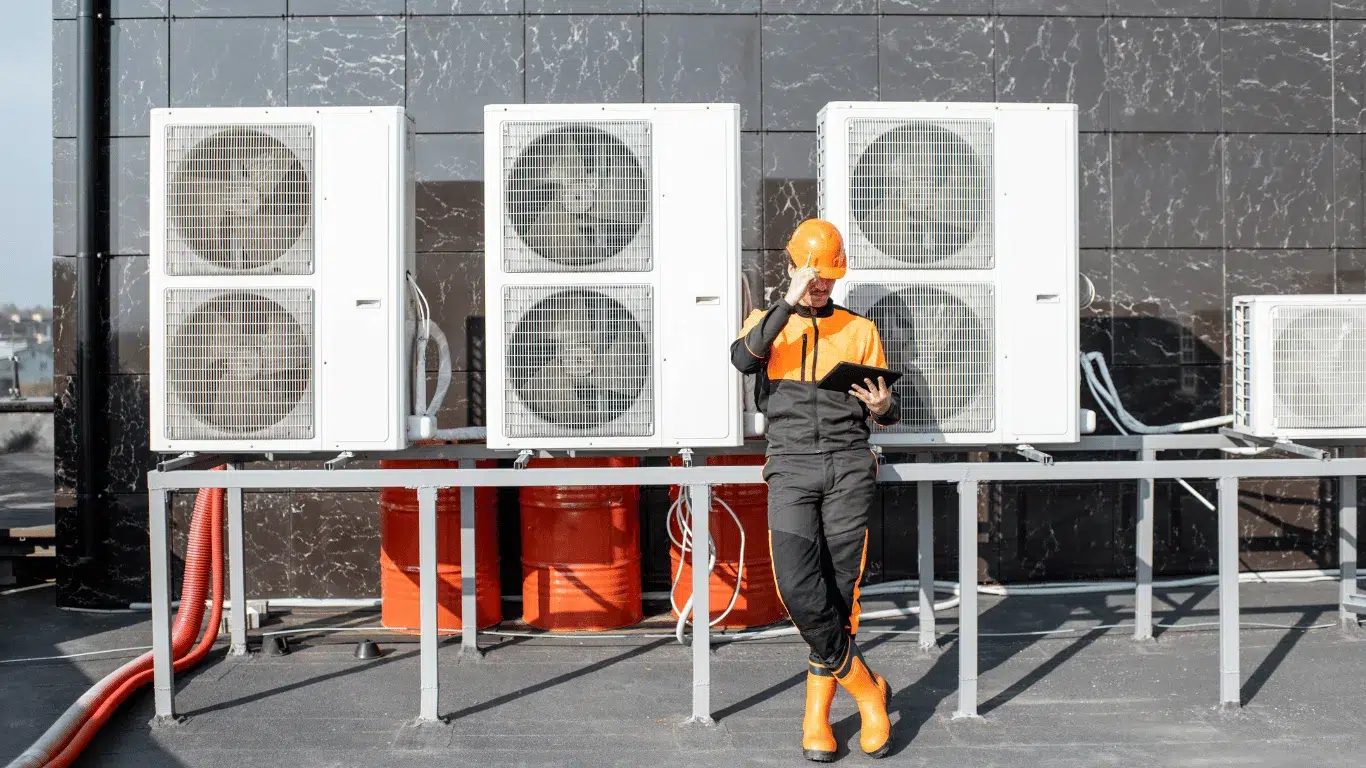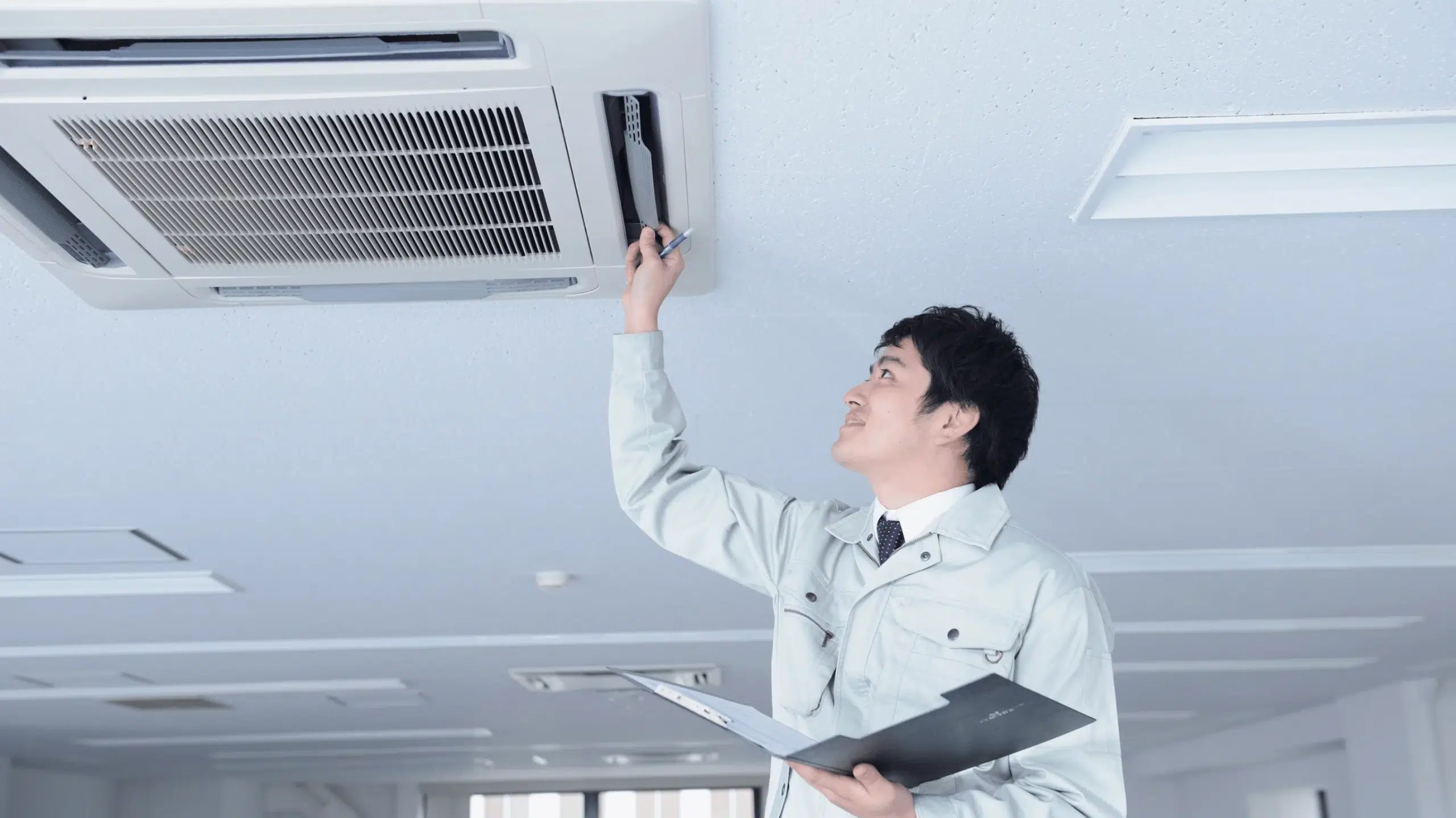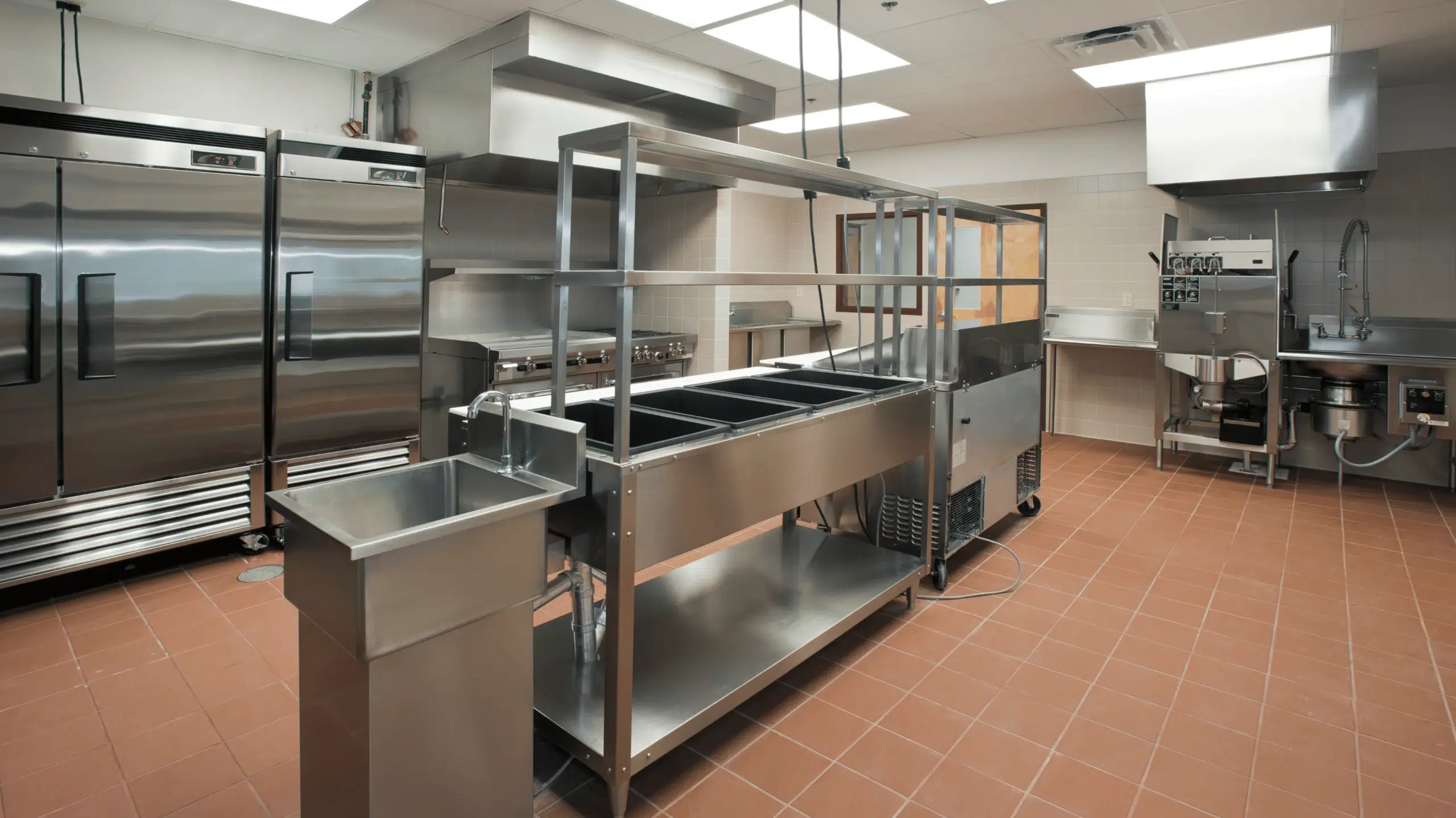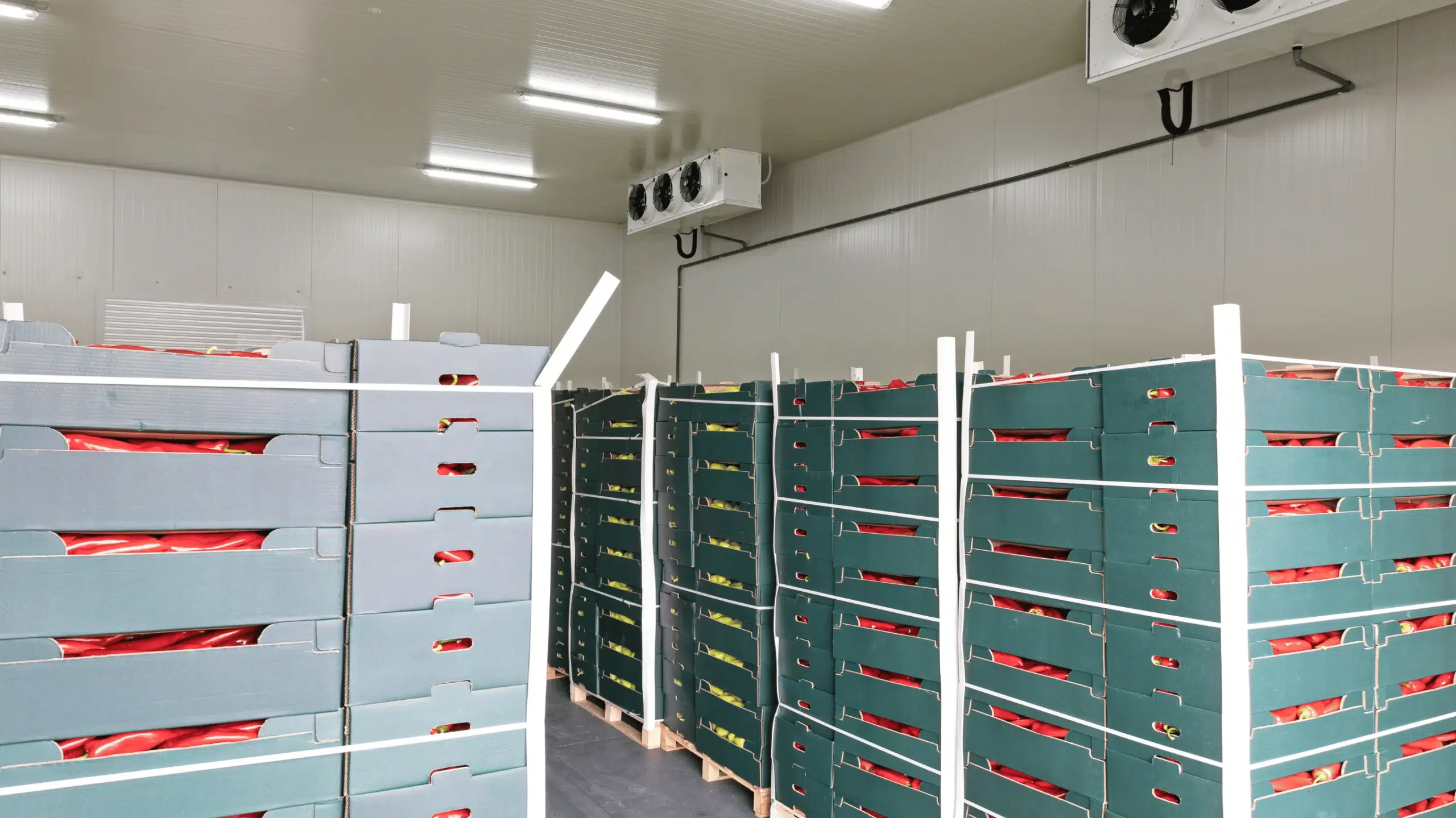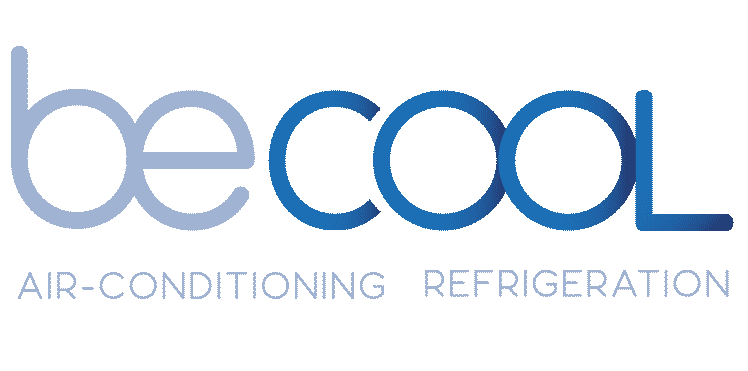Slash Energy Bills with Smart Cold-Room Insulation
The Fast Track to Peak HVAC Efficiency
Have you ever wondered why your cold room isn’t maintaining temperature as efficiently as it should? Or why energy bills keep rising even though your refrigeration unit seems to be running fine? In many cases, the culprit isn’t the equipment, it’s the insulation.
In today’s HVAC and refrigeration industry, cold room insulation is becoming one of the most critical yet overlooked factors in operational efficiency. Whether you’re a restaurant owner storing perishables, a pharmaceutical company preserving temperature-sensitive vaccines, or an HVAC technician installing walk-in coolers, insulation plays a foundational role.
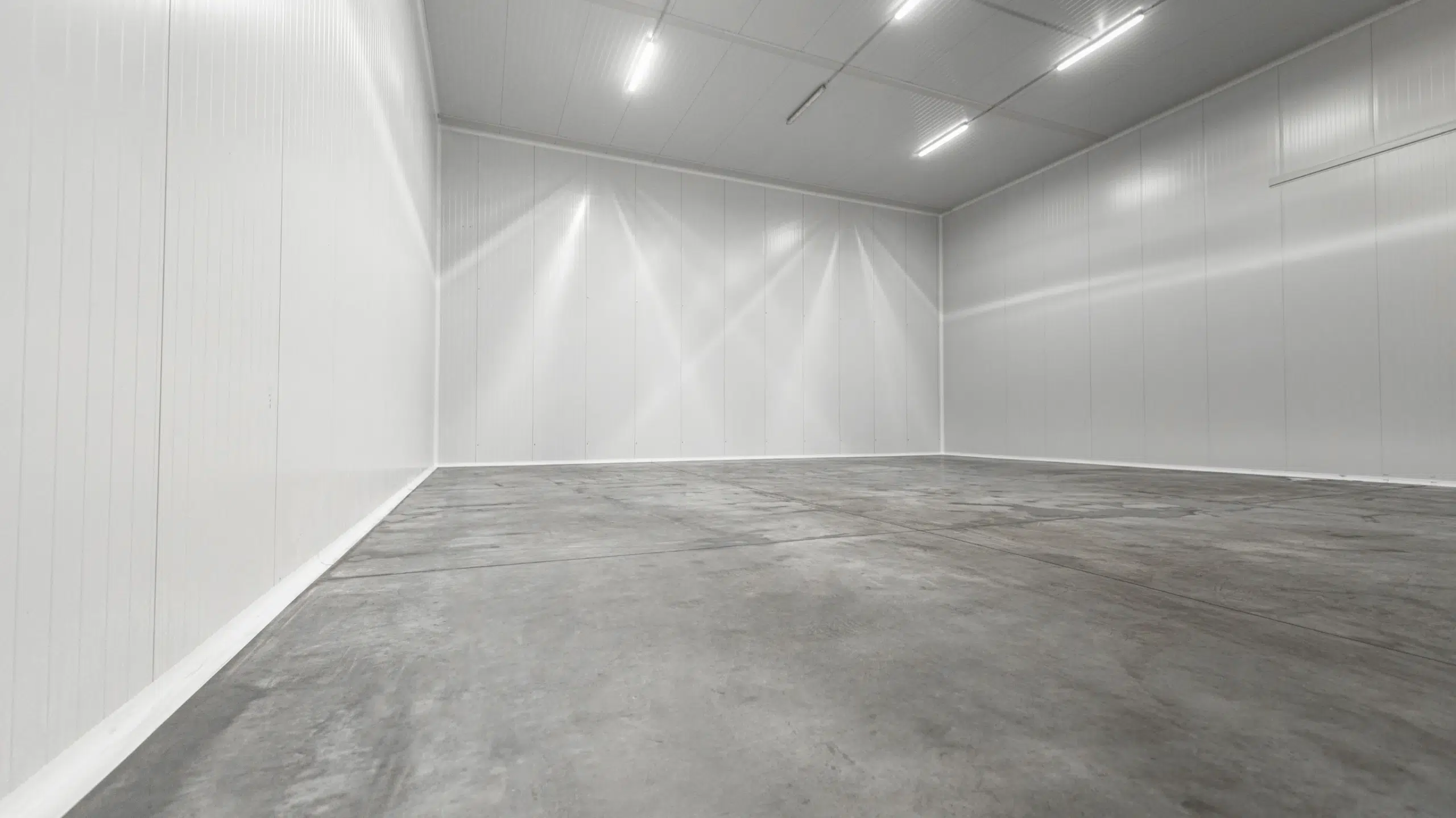
Why Cold Room Insulation Matters
At its core, insulation acts as a barrier that minimizes heat transfer between the cold room interior and the external environment. Without proper insulation, even the most advanced refrigeration units will struggle to maintain temperature. Poor insulation leads to increased compressor cycles, higher energy consumption, and uneven temperatures, all of which contribute to higher operational costs and potential product spoilage.
According to a 2022 study by the UK Refrigeration Association, facilities with upgraded cold room insulation reduced their energy usage by up to 35%. The findings highlight a clear ROI, especially in industries where refrigeration accounts for a large portion of energy expenditure.
A Cold Chain Logistics Case Study
A 2022 case study presented at the Institute of Refrigeration Annual Conference examined how a UK cold storage facility achieved significant energy efficiency gains through insulation and system upgrades. By enhancing wall insulation and installing more efficient doors, the facility reported a 32% reduction in energy consumption. These changes not only improved temperature stability but also aligned the operation with net-zero carbon goals.
This case demonstrates that improving insulation is more than just a maintenance task, it’s a strategic move toward sustainability and cost reduction.
Common Insulation Materials and Their Impact
- Polyurethane Foam (PU): High R-value, excellent for long-term insulation with minimal thickness.
- Extruded Polystyrene (XPS): Durable, moisture-resistant, ideal for floors and walls.
- Vacuum Insulated Panels (VIPs): Cutting-edge, expensive, but offer maximum thermal resistance.
Choosing the right material depends on budget, room size, and temperature requirements. In retrofit situations, upgrading wall or ceiling insulation can yield significant improvements without altering equipment.
Challenges in Cold Room Insulation
– Moisture Infiltration: Poor seals or gaps allow condensation, which can degrade insulation over time.
– Installation Errors: Inadequate vapor barriers or improperly fitted panels lead to thermal bridging.
– Aging Materials: Over time, insulation efficiency can drop significantly, often unnoticed.
Routine inspections and thermal audits help identify and address these issues early.
Expert Advice for HVAC Professionals
John C., a certified HVAC technician in London, advises: “Don’t just focus on the refrigeration unit. Always assess the envelope – the insulation, seals, and construction. It’s where you can find the hidden energy drains.”
The Future of Cold Room Insulation
With rising energy costs and stricter environmental regulations, high-performance insulation will play an even larger role. Innovations like aerogels and phase-change materials (PCMs) are on the horizon, promising thinner, lighter, and more effective insulation solutions.
Final Takeaway
Whether you’re designing a new cold room or auditing an existing one, remember this: insulation is just as important as the cooling system. By prioritising high-quality, well-installed insulation, businesses can cut energy costs, protect inventory, and improve system longevity.
In the evolving HVAC landscape, cold room insulation isn’t just a box to tick, it’s a smart investment in performance and sustainability.
If you’re curious about how cold room insulation affects your energy usage or operational costs, dive deeper into the latest cold room installation methods and commercial refrigeration strategies on our site. Staying informed is the first step toward smarter, more efficient systems.
Blog Categories
Recent Blog Post
Inverter vs Non Inverter AC
Inverter vs Non-Inverter AC: Your Friendly Guide to Smarter Cooling Choosing the right air conditioner…
How Much Does a Blast Chiller Cost?
How Much Does a Blast Chiller Cost? UK 2025 Price Guide & Buyer Tips Ever…
Split vs Cassette AC
Split vs Cassette AC | Your Friendly Guide for Perfect Cooling When it’s time to…
Split vs Portable Air Conditioning
Split vs Portable Air Conditioning The Honest UK Guide for 2025 Summer in Britain is…
Top 10 Air Conditioning Benefits (2025 Edition)
Top 10 Air‑Conditioning Benefits (2025 Edition) Benefit 1 - Productivity Soars in Cool Spaces Keeping offices at 24 °C…
